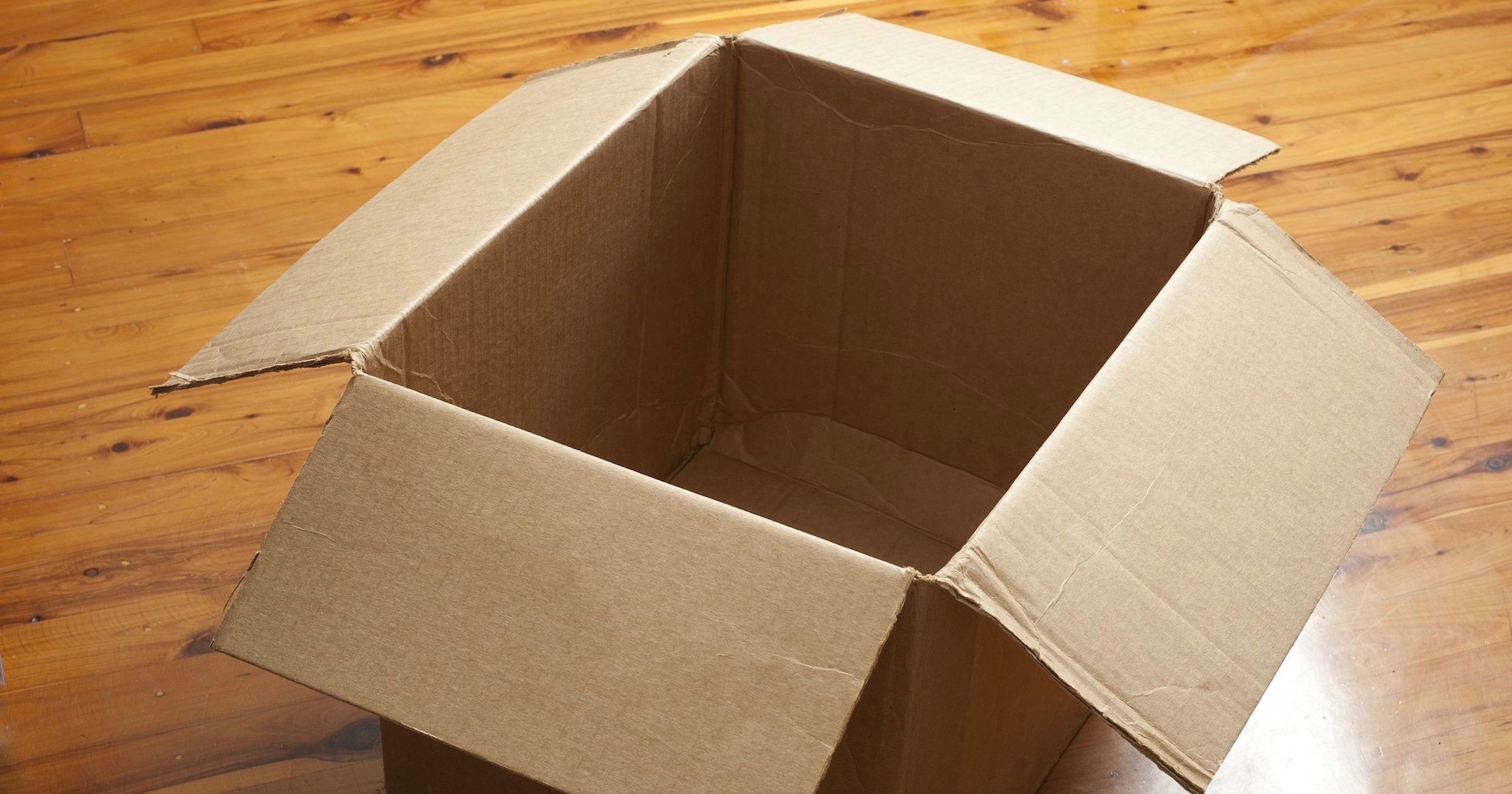 Evolution
Evolution
 Intelligent Design
Intelligent Design
The First “Simple” Self-Replicator?

Although no one really claims that science can yet explain how the first living thing arose on Earth, the point of view of many scientists, including Darwin, has been: we can explain how the first simple living things evolved into advanced life forms, including humans, so explaining how life began is a relatively small problem that will surely be solved eventually.
I do not believe scientists actually have any clue as to how the first living things evolved into intelligent, conscious human beings (see my video “Why Evolution Is Different“). However, to appreciate that the first step is not a small problem you only have to realize that with all our advanced technology we are still not close to designing any type of self-replicating machine. That is still pure science fiction. So how could we imagine that such a machine could have arisen by pure chance?
A Self-Replicating Box
To understand why human-engineered self-replicating machines are so far beyond current human technology, let’s imagine trying to design something as “simple” as a self-replicating cardboard box. Let’s place an empty cardboard box (A) on the floor, and to the right of it let’s construct a box (B) with a box-building factory inside it. I’m not sure exactly what the new box would need to build an empty box, but I assume it would at least have to have some metal parts to cut and fold the cardboard and a motor with a battery to power these parts. In reality, to be really self-replicating like living things, it would have to go get its own cardboard, so maybe it would need wheels and an axe to cut down trees and a small sawmill to make cardboard out of wood. But let’s be generous and assume humans are still around to supply the cardboard. Well, of course box B is not a self-replicating machine, because it only produces an empty box A.
So, to the right of this box, let’s build another box C which contains a fully automated factory that can produce box B’s. This is a much more complicated box, because this one must manufacture the metal parts for the machinery in box B and its motor and battery and assemble the parts into the factory inside B. In reality it needs to go mine some ore and smelt it to produce these metal parts, but again let’s be very generous and provide it all the metals and other raw materials it needs.
But box C would still not be a self-replicating machine, because it only produces the much simpler box B. So back to work, now we need to build a box D to its right with a fully automated factory capable of building box C’s with their box B factories. Well, you get the idea, and one begins to wonder if it is even theoretically possible to build a truly self-replicating machine. When we add technology to such a machine to bring it closer to the goal of reproduction, we only move the goalposts, because now we have a more complicated machine to reproduce. Yet we see such machines all around us in the living world.
Keep Adding Boxes
If we keep adding boxes to the right, each with a fully automated factory that can produce the box to its left, it seems to me that the boxes would grow exponentially in complexity. But maybe I am wrong. Maybe they could be designed to converge eventually to a self-replicating box Z, although I can’t imagine how.
As I said in “A Summary of the Evidence for Intelligent Design,” if engineers someday do construct a box Z self-replicator, I’m sure it will not happen until long after I am gone, if it ever happens at all. And I’m sure it will not — to put it mildly — be simple. Nevertheless, I can confidently predict that if it ever happens, origin-of-life researchers will announce to the world that science has finally shown that life could have arisen through natural processes. In fact, it will have shown that it could have arisen only through design.
